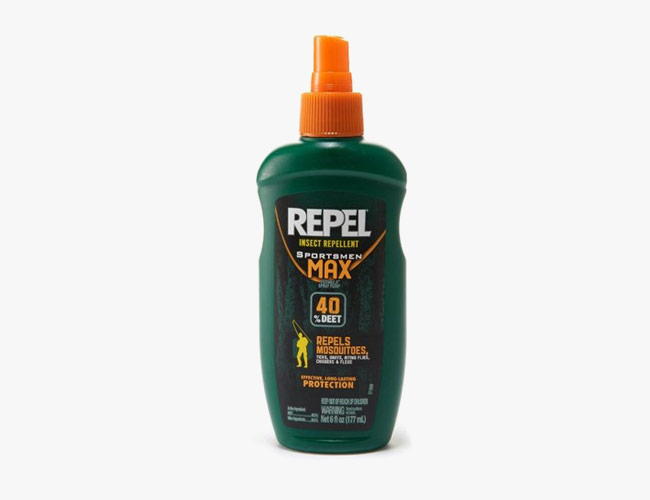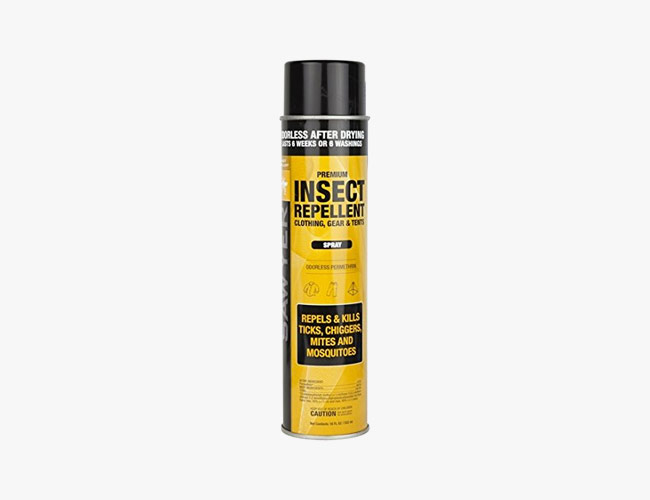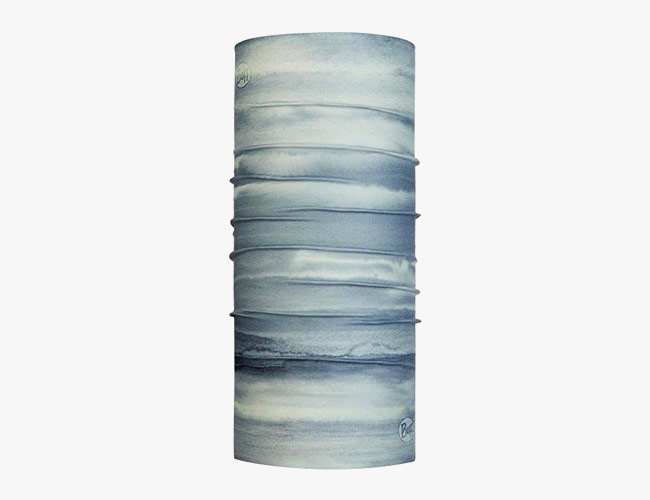Well, mosquito season is here. And those tiny bloodsuckers are only getting deadlier, thanks in large part to globalization and climate change, allowing them greater access to more areas in which they can thrive.
Whether you’re staying put this summer and have to deal with mosquitoes on your turf or you’re planning a trip halfway across the globe, it’s smart to have a go-to mosquito bite prevention plan. Even if you live in an area where the risk of contracting a mosquito-borne disease is low, you likely have zero interest in fighting the urge to scratch swollen, quarter-sized bites.
We turned to an expert for advice on the most effective ways to ward off mosquitoes: John Baston, a regional specialist for adventure company Mountain Travel Sobek, who has spent about 30 years as a park ranger and then guide in California and Alaska, suffering through quite a few bites over the years.
You might not think of those places when you imagine throngs of winged stingers, but in Yosemite National Park’s Tuolumne Meadows, “you can get mauled by bugs pretty easily if you’re in the wrong place at the wrong time,” says Baston, who compared notes with buddy Michael Wald, owner and guide at Arctic Wild, before giving us the, ahem, deets. And along coastal Alaska, such as Glacier Bay and the Kenai Fjords, mosquitos are even worse than in the lower 48.
The upside? Baston has some pretty tried-and-true methods for keeping mosquitoes at bay. He says the best way to protect yourself is to understand where they congregate and avoid those areas. Standing water — even tiny amounts of it, like an old bottle cap of rainwater — can be a mosquito motel. If you’re stopping to eat lunch or set up camp, your best bet is a well-drained area with good airflow. Mosquitoes and other insects hate the wind.
“One of the best things you can do is just get out in a windy place,” Barton says. “Set up your tent there.”
What’s the Best Way to Repel Mosquitoes?
If you must trek into a mosquito-ridden area, Baston suggests wearing loose clothing with a tight weave. If mosquitoes do land on you and can poke through the fabric of your clothes, you want to keep some distance between your layers and your skin. He also suggests wearing a hat with a wide, 360-degree brim under a head net from BugBaffler.
For exposed skin, Baston swears by DEET insect repellant. When he’s out guiding, he and other group leaders bring along a bag full of repellant with increasingly high concentrations of DEET. Products with 25 percent DEET do the job most of the time, he says, but for extremely buggy places 40 percent DEET can be more effective. He hasn’t noticed a drastic difference in performance between 40 percent DEET and higher concentrations of it.
He’s had less success with natural products. “If you don’t mind a couple of bites an hour, you can get by on natural stuff,” he says. Lighting a fire can ward away bugs, too, since they don’t like the smoke.
Is DEET Safe for Humans?
Studies have shown that DEET is safe for humans to use topically. It should never be ingested, but even if you do accidentally swallow a small amount of it, you’re not likely to end up with any issues. A study conducted in 2014 found that “DEET is of relatively low acute toxicity to insects and mammals.” If you’ve ever accidentally breathed it in or gotten it on your lips, you may have found that it may cause temporary numbness that’s no cause for concern. You can avoid this hiccup by spraying bug repellant into your hands and rubbing it on rather than spraying it directly onto your face or arms.
It should not, however, be used on your pets. Dogs and cats might try to lick the chemicals off their hair or fur.
What Are My DEET-Free Options?
If you’d prefer to steer clear of DEET, bug netting may be your best chemical-free option. You can also opt to buy clothing impregnated with permethrin, like Insect Shield apparel from Craghoppers and ExOfficio, or purchase the chemicals to do it yourself. When appropriately applied, DIY permethrin sprays are odor-free and can last for half a dozen washes or more.
Baston also says that mosquitos like dark colors and like to fly against gravity. Wearing lighter clothing and hanging a black bag, shirt or tarp a safe distance from your camp can help keep the mosquitos away, too.
Buying Guide
40 Percent DEET Repel Sportsmen MAX
If you’re in mosquito country and you don’t want to get bitten, Baston says DEET is your best defense. A 40 percent DEET solution is what you need to effectively repel bugs in the worst of situations, he says; you won’t get much more effectiveness out of 60 percent or 100 percent. Baston says he frequently applies bug spray to the back of his neck and the underside of a baseball cap, but usually doesn’t put it on his face. Don’t spray DEET on your clothing — it can ruin the fibers, especially if you’re wearing synthetic or waterproof layers, like a rain jacket. DEET can react with plastics to essentially melt it. If you’re going paddling, take special care to keep your DEET products away from drybags. If your bug spray spills and ruins your dry bag, you might be wearing wet clothes for the rest of your trip.
Sawyer Permethrin Spray for Clothing & Gear
If you want to arm your trail clothes against insects, buying permethrin spray is an affordable alternative to a whole new InsectShield wardrobe. To do it, hang and thoroughly spray your clothing the night before heading out on the trail (it takes two to four hours to dry). Spray only your socks, pants and shirts — not your underwear. DIY Permethrin sprays like this one from Sawyer can last through half a dozen washes or so before you need to reapply them for effectiveness.
Insect Shield Clothing
If you’d prefer to buy pre-treated clothing than have to get into bug-proofing yourself, ExOfficio has an extensive line of “Bugsaway” pants, shirts, socks, hats and jackets that are treated with Insect Shield and effective for up to 70 washes. The Sandfly Jacket ($80), for example, is made of ultra-light mesh to give you a protective yet barely-there layer on hot days. Baston specifically recommends their Bugsaway Bandana ($12).
If you already love your trail clothing, however, you’re in luck: Send your favorite pants, shirts and socks to Insect Shield, and they’ll treat them for you for $10 apiece.
BugBaffler Insect Protective Headnet
Wade through bug-heavy zones with an aura of invincibility around your face and neck with the BugBaffler, which Baston recommends for ultimate protection. It may not be your most stylish option, but you’ll be grateful for its effectiveness in swampy areas. It’s made from superfine black mesh with two elastic bands to secure under your armpits. Baston suggests wearing a large-brimmed hat underneath the net. The wider, the better; the brim will help keep the net comfortably away from your face.
Green Goo Bugs Be Gone
DEET bug spray, however effective, can smell terrible and leave your skin feeling gross. If you’d rather go DEET-free/natural, Green Goo’s Bugs Be Gone is the best natural bug spray I’ve ever used. Granted, I’ve never ventured into a swamp with it, but when I’ve camped in soggy areas, it’s done well to keep me bite-free. It even smells good (to humans, anyway), with a light, herbal fragrance. Bugs Be Gone doesn’t feel like it’s immediately clogging your pores, and its main ingredients include witch hazel extract, yarrow, sage and lemon eucalyptus, lemongrass, cedarwood, peppermint and lavender essential oils, Green Goo claims it’s safe and effective for use on pets, too.
BUFF CoolNet UV+ Insect Shield Multi-Functional Headwear
Protect everything but your eyes with an Insect Shield BUFF. Baston says these treated BUFFs — which are also UPF 50+ — work great to keep bugs off your face and neck, and over time, they’re far more cost-effective than a bottle of repellent; the Insect Shield treatment lasts for up to 70 washes. Polygiene odor control treatment will help you use the same BUFF days in a row on the same trip without reeking. Bonus: These BUFFs are made with 95 percent recycled microfiber.










